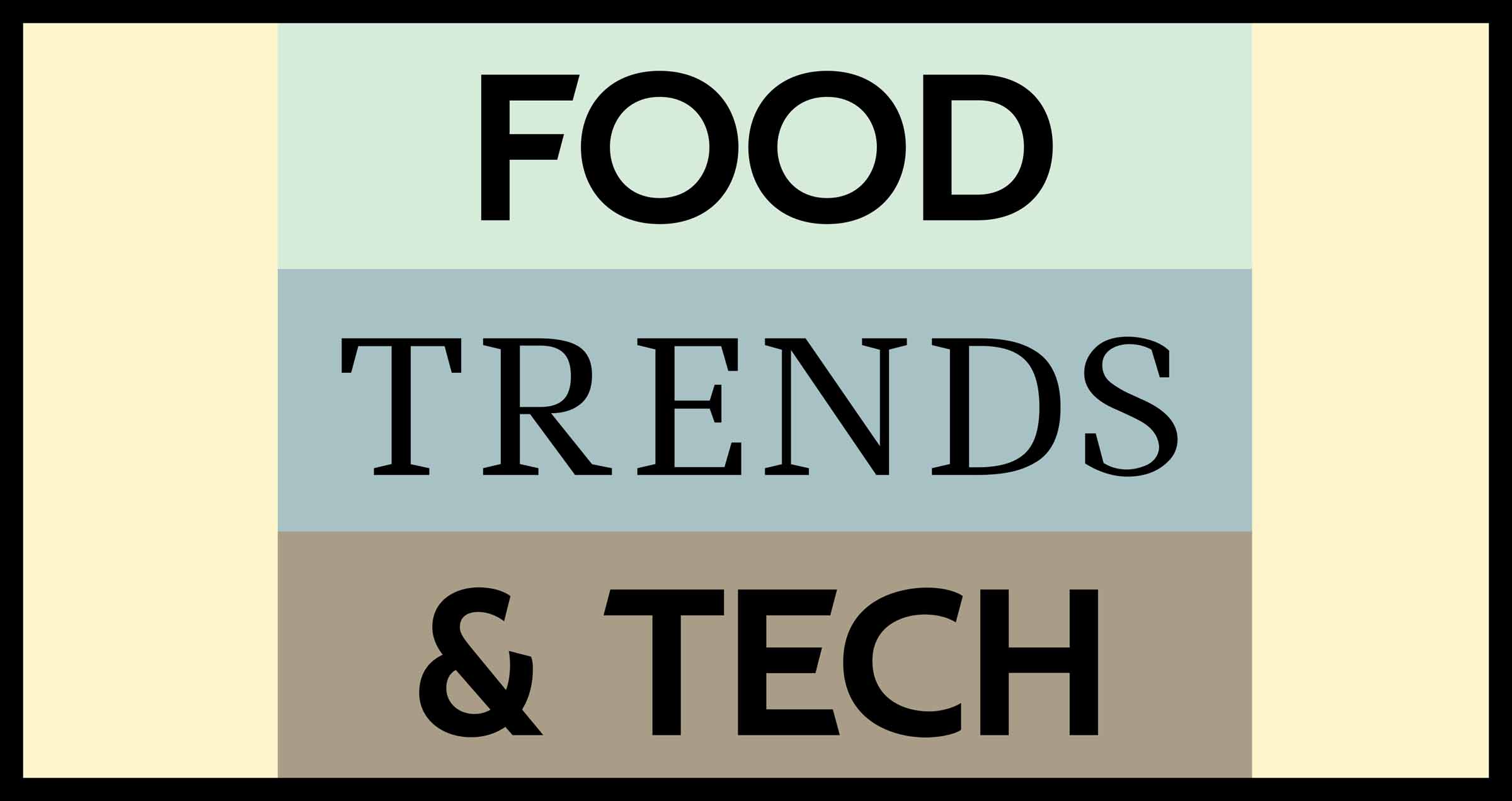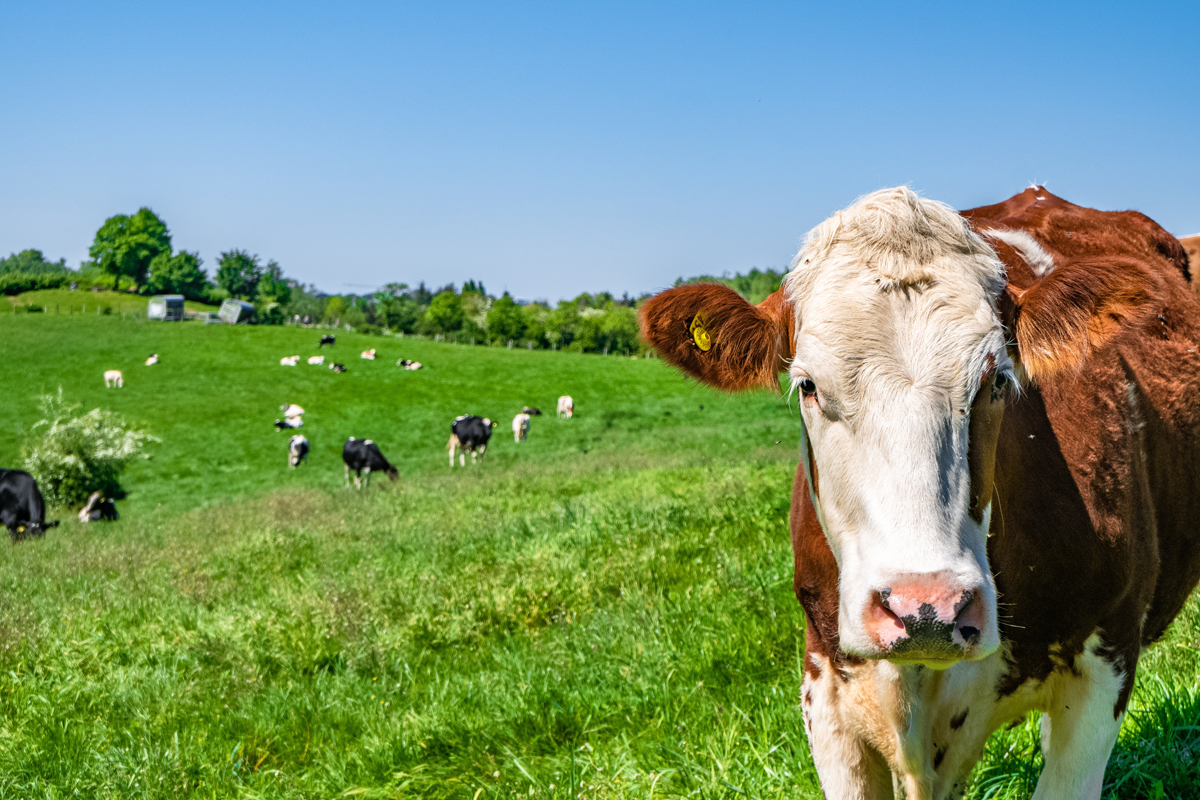Kerry Hughes, MSc, President of Ethnopharm LLC and Advisor for A Greener World, began her talk on a growing regenerative agricultural opportunity by discussing how the global conversation has changed from “sustainability” to “regeneration.”
What we have now in agricultural lands and many wild areas cannot be sustained—we need regeneration, said Hughes in “Regenerative Agriculture: What’s Behind the Fast-Growing Animal & Plant Protein Market Opportunity,” given at the 2022 Protein Trends & Technologies Seminar. “Many scientists are today warning us that we stand at the brink of the 6th Mass Extinction” and are confronting the statistic that 75% of the earth’s land areas have been degraded (according to the Intergovernmental Science-Policy Platform on Biodiversity and Ecosystem Services report [https://ipbes.net/]).
Hughes framed the statistic that regenerative agriculture is projected to grow at a CAGR of 14.4% through 2030 and made comparisons with the growth of organics over the past decades.
For example, she stated that many large companies have already announced commitments towards regenerative production, as consumers intuitively like and are receptive to regenerative agriculture.
She pointed out the commitments:
- In 2020, Whole Foods Market announced regenerative agriculture would be the “No.1 Food Trend.”
- Nestle is investing $1.24 billion into “regen ag” across its supply chain.
- PepsiCo wants to spread its regenerative agricultural practices across 7 million acres.
- General Mills reports 115,000 acres enrolled in the regenerative program with a target of 1 million acres by 2030.
- Walmart committed to advancing regenerative agriculture on 50 million acres.
The above commitments totaled over 58 million acres. Hughes compared this to the fact that, after decades of organic farming, there are only 5 million acres under organic production in the U.S.
Although there is no agreed-upon definition, according to Hughes, one retailer says they are “hanging their hats on five key soil health principles when talking about regenerative agriculture: minimize soil disturbance, living roots, keep the soil covered, animal integration, and diversity and biodiversity.”
Without a central definition, third-party product verification is essential to ensure against greenwashing. Hughes overviewed the three most prominent third-party seals.
- Land to Market (EOV) is a verification that uses ecological indicators to measure regeneration through an outcome-based approach. Peers conduct audits in this system. Verified operators are supported through a Land to Market Regenerative Supply Roster.
- Regenerative Organic Certification (ROC) is a true certification that requires organic certification before the regenerative certification can be applied. It offers standards on soil health and land management, animal welfare, and farmer and worker fairness. ROC also offers equivalencies with other standards for select pillars (such as Biodynamic and Animal Welfare Approved by AGW).
- Most recently to market, Certified Regenerative by AGW (CR by AGW) is another true certification. It does not require organic certification for farms. CR by AGW audits against a detailed regenerative farm plan as a basis for certification and requires they meet standards on soil, water, air, livestock, land use and cropping, biodiversity (including wild harvest), buildings, social responsibility, and financial sustainability.
Regenerative Agriculture
Soil health is at the root of regenerative agriculture, not just a focus on organic matter. It is crucial to manage soils for soil health and as living systems to benefit from the ecosystem services soils provide.
Hughes pointed to a growing movement to include biodiversity as an indicator for environmental regeneration. “We know now that when several species are growing together, they have a wider set of mechanisms that they can use to gain resources needed for life,” she added.
Hughes gave further details on the CR by AGW standard and gave this definition: “A set of planned agricultural practices that ensure the holding is not depleted by agriculture practices, and over time the soil, water, air, and biodiversity are improved or maintained to the greatest extent possible.”
She also elaborated that it is not only outcome-based but also a technological tool for the farmers to assess if their regenerative practices are working. Additionally, CR by AGW does something important: generate data. Every farm holding must annually track indicators of biodiversity and two indicators of soil health.
Hughes closed by explaining how every CR by AGW regenerative plan is crafted by a qualified expert, an experienced regenerative farmer, and/or a traditional expert and/or a keeper of traditional ecological knowledge.
She gave a case study of the first CR by AGW holding, Challacombe Farm, a 185-hectare Duchy of Cornwall farm on Dartmoor in southwest England. The holding had significant challenges in the form of extensive archeology stretching back 3,500 years. Also, most of its land area is designated as a Site of Special Scientific Interest (SSSI) or County Wildlife Site for wildlife. For this reason, CR by AGW and regenerative techniques were beneficial when applied to their holding. The land stewards found that the external, independent assessment helped them think about and define their plans to farm in harmony with nature and properly measure and monitor their goals over time.
“Regenerative Agriculture: What’s Behind the Fast-Growing Animal & Plant Protein Market Opportunity,” Kerry Hughes, MSc, President of Ethnopharm LLC, Advisor for A Greener World
Caption with cow feature image: With much of agricultural land no longer “sustainable,” the global conversation has moved to work toward regenerative agriculture.
Click on the phrases below to see related articles on these topics at FoodTrendsNTech.com.

